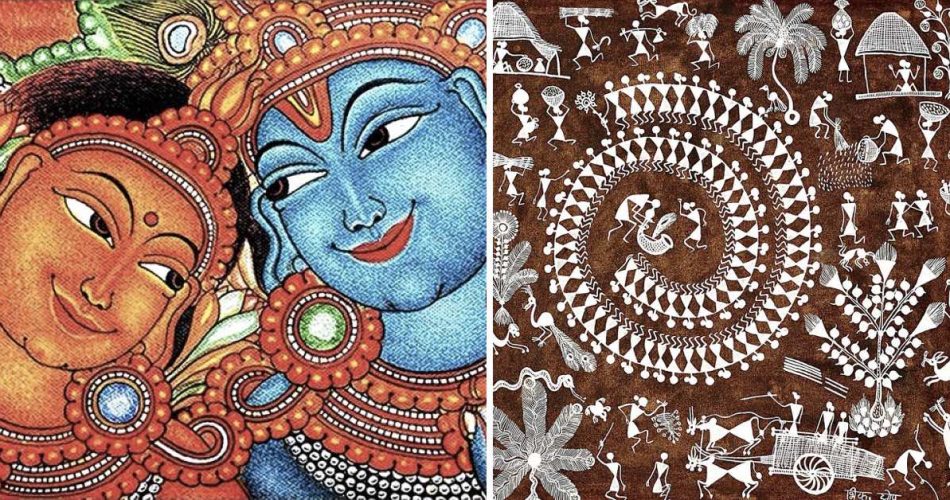India is a land of rich cultural heritage, with a myriad of art forms that have been passed down through generations.
Among these treasured art forms is “Kolla,” a traditional Indian painting style that originated in the state of Kerala.
Kolla paintings are known for their vibrant colors, intricate detailing, and unique storytelling techniques.
Origin and History:
Kolla paintings have their roots in Kerala’s rich artistic traditions and mythology.
The art form is believed to have originated during the medieval period, gaining popularity as a visual storytelling medium.
Kolla paintings were primarily used to depict scenes from Hindu epics like the Ramayana and Mahabharata, showcasing key characters, narratives, and moral lessons through vibrant brushstrokes and meticulous detailing.
Techniques and Characteristics:
Kolla paintings are characterized by their intricate brushwork, vivid colors, and distinct storytelling style.
Traditional Kolla artists employ natural pigments derived from minerals, plants, and shells to create their color palette, resulting in a unique and vibrant aesthetic.
The intricate detailing of the paintings is achieved through delicate brushwork and the use of fine lines and intricate patterns.

